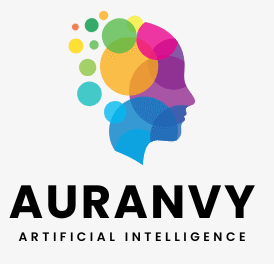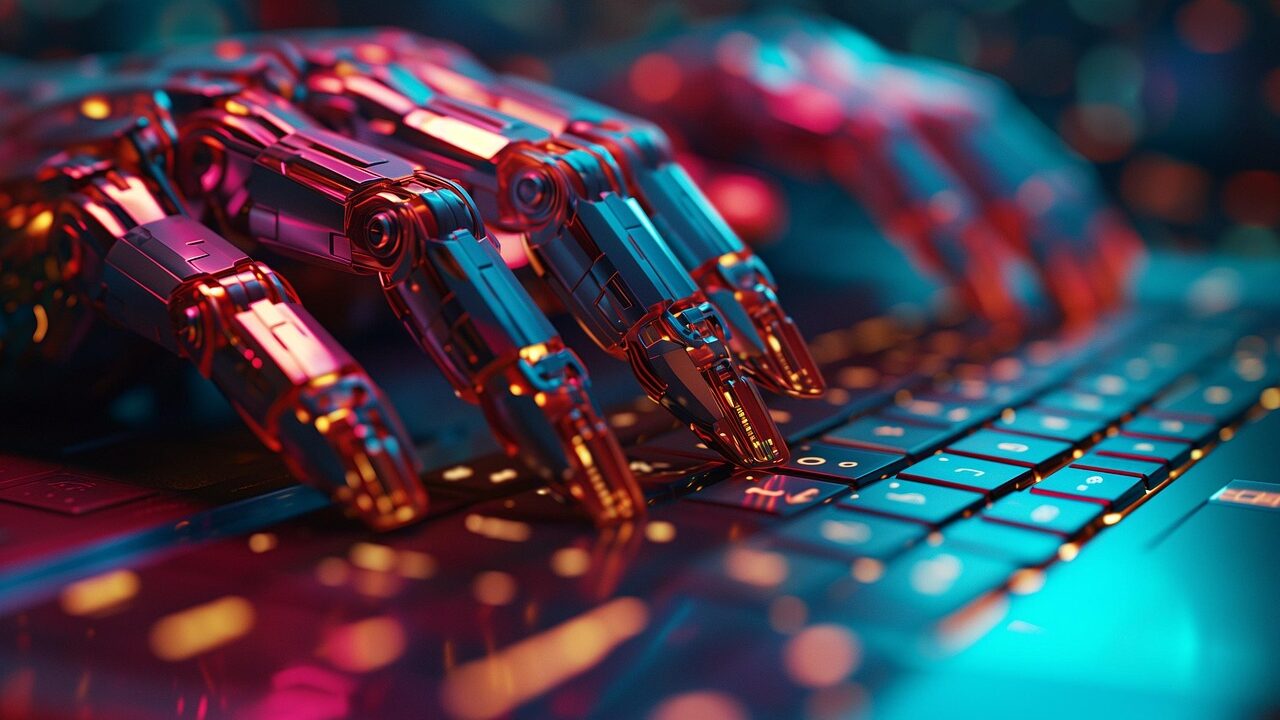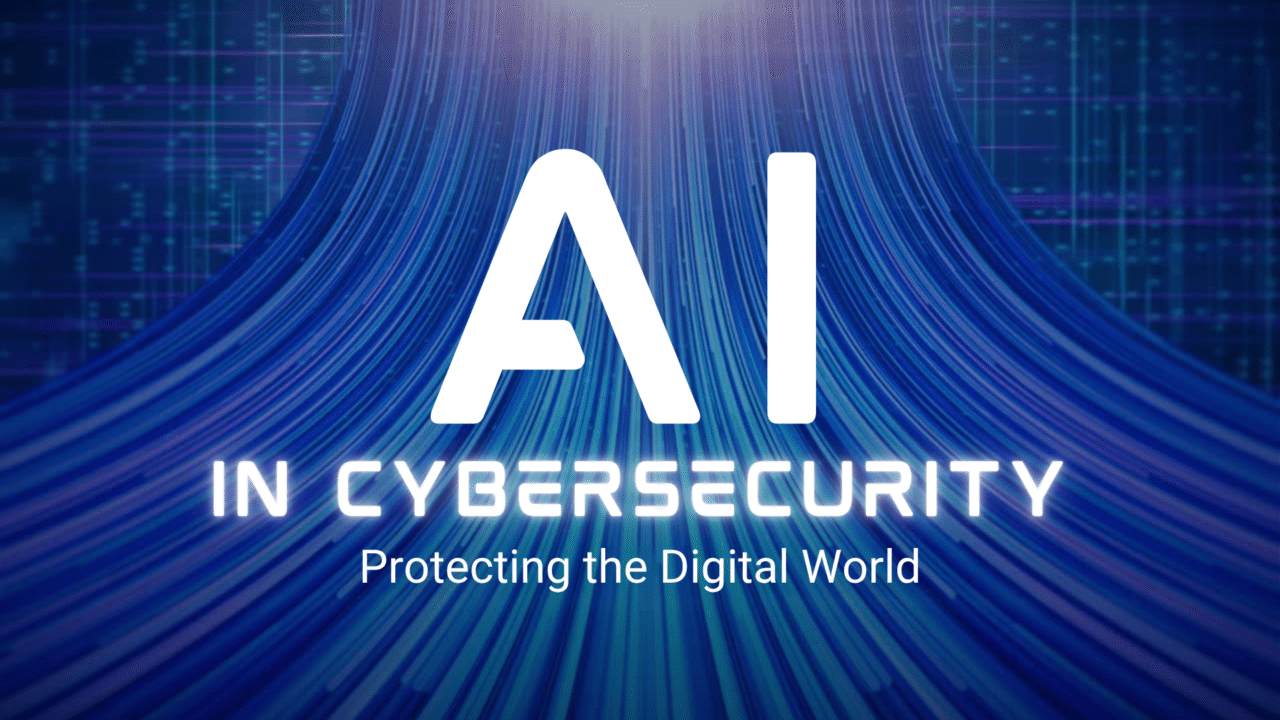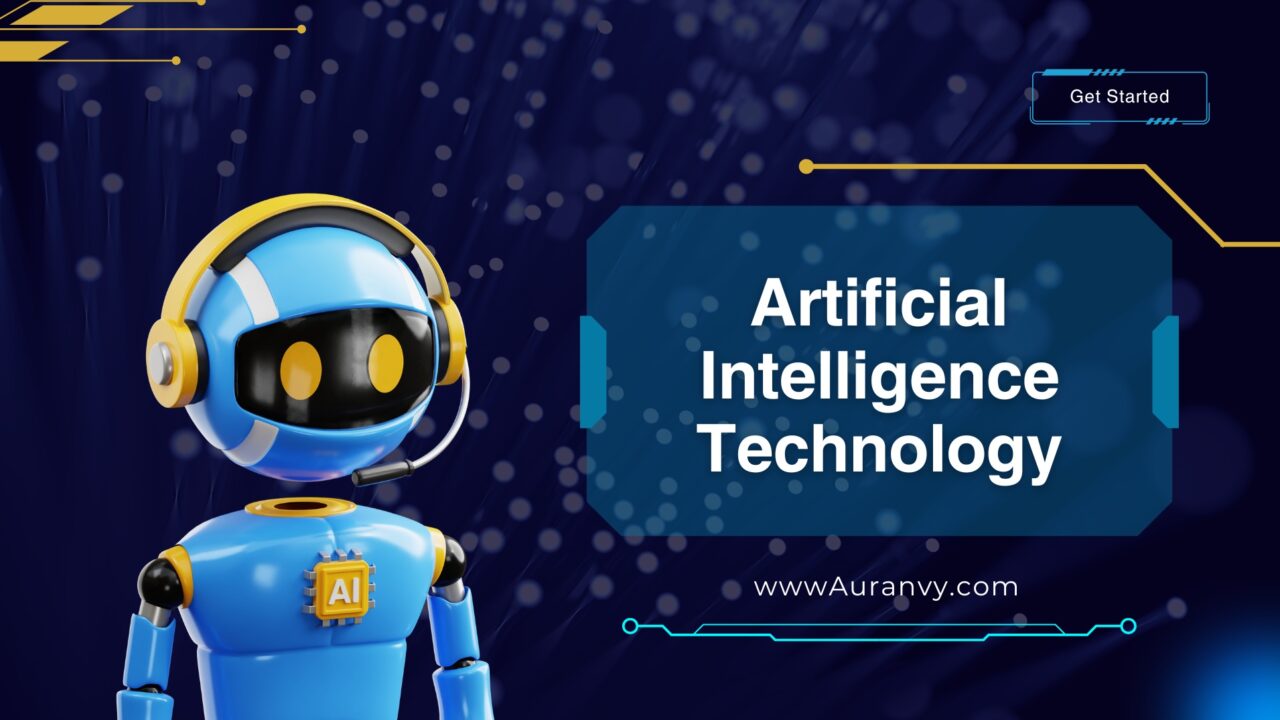Table of Contents
ToggleWhat is ChatGPT? A Complete Beginner's Guide
What is Chat GPT? In recent years, artificial intelligence (AI) has rapidly become a part of our daily lives. From virtual assistants like Siri and Alexa to automated customer service, AI is everywhere. One of the most talked-about AI tools today is ChatGPT. But what is ChatGPT, and why is everyone talking about it? In this guide, we’ll break down everything you need to know about ChatGPT, how it works, and how you can use it.
What is ChatGPT?
Simply put, ChatGPTiis an AI-powered language model developed by OpenAI. Its primary function is to understand and generate human-like text based on the input it receives. The name “ChatGPT” stands for “Chat Generative Pre-trained Transformer,” which refers to the type of AI model it is.
ChatGPT has been trained on vast amounts of text data, including books, articles, websites, and conversations. As a result, it can respond to a wide variety of topics and questions with remarkable accuracy and fluency.
Whether you need help writing an email, generating creative content, answering questions, or even coding, ChatGPT can assist you. It’s like having a virtual assistant that’s available 24/7.
How Does ChatGPT Work?
At its core, ChatGPT uses machine learning techniques known as deep learning. More specifically, it is based on a neural network architecture called a Transformer, which allows it to process and generate text in a way that closely resembles natural human language.
Here’s a simple breakdown of how it works:
Training: ChatGPT was trained on massive datasets from the internet, learning patterns in language, grammar, facts, and reasoning.
Processing Input: When you type a question or prompt, ChatGPT analyzes the input using its pre-trained knowledge.
Generating Output: Based on your input, it predicts and generates the most appropriate response, sentence by sentence.
Because it doesn’t “think” like a human, ChatGPT doesn’t actually understand meaning the way people do. Instead, it predicts likely sequences of words based on patterns it has seen during training.
The Evolution of ChatGPT
Training: ChatGPT was trained on massive datasets from the internet, learning patterns in language, grammar, facts, and reasoning.
Processing Input: When you type a question or prompt, ChatGPT analyzes the input using its pre-trained knowledge.
Generating Output: Based on your input, it predicts and generates the most appropriate response, sentence by sentence.
Because it doesn’t “think” like a human, ChatGPT doesn’t actually understand meaning the way people do. Instead, it predicts likely sequences of words based on patterns it has seen during training.
The Evolution of ChatGPT
Understanding what is ChatGPT also involves looking at its evolution:
GPT-1 (2018): The first version, a proof of concept with limited capabilities.
GPT-2 (2019): Much larger and more powerful, capable of generating coherent text.
GPT-3 (2020): A huge leap, with 175 billion parameters, enabling more natural and complex conversations.
ChatGPT & GPT-4 (2023): Integrated into chat-based interfaces with even more advanced capabilities, reasoning, and multi-modal functions (text, images, audio, etc.).
GPT-4o (2024-2025): Current version with real-time reasoning, voice capabilities, and cross-modal understanding.
With each version, ChatGPT has become smarter, more versatile, and more widely used.
Why is ChatGPT So Popular?
There are several reasons why ChatGPT has gained so much popularity:
1. Ease of Use
You don’t need to be a tech expert to use ChatGPT. Its chat-based interface is intuitive, making it accessible to everyone.
2. Wide Range of Applications
ChatGPT can help with:
Writing emails, articles, and reports.
Generating creative content like poems and stories.
Translating languages.
Coding assistance.
Customer service automation.
Study help for students.
3. 24/7 Availability
Unlike human assistants, ChatGPT is always available, providing instant responses at any time of the day.
4. Constant Improvement
OpenAI continues to update and refine ChatGPT, making it better over time.
Practical Uses of ChatGPT
Now that you understand what is ChatGPT, let’s look at some practical ways people are using it today:
Content Creation: Bloggers, marketers, and writers use ChatGPT to draft articles, headlines, and marketing copy.
Customer Support: Businesses integrate ChatGPT into their support systems to handle common customer queries.
Education: Students and teachers use it for homework help, explanations, and tutoring.
Programming Help: Developers use ChatGPT for code generation, debugging, and learning new programming languages.
Personal Productivity: It helps users draft emails, create schedules, brainstorm ideas, and more.
The possibilities are virtually endless, and new uses are emerging every day.
The Limitations of ChatGPT
While ChatGPT is powerful, it’s not perfect. It’s important to understand its limitations:
Accuracy: Sometimes, it may provide incorrect or outdated information.
Lack of True Understanding: ChatGPT doesn’t “understand” concepts; it generates text based on patterns.
Bias: Since it’s trained on internet data, some responses may reflect biases present in the training data.
Privacy: Sensitive data should not be shared with ChatGPT, as conversations may be stored for model improvement.
Always fact-check important information provided by AI tools.
The Future of ChatGPT
As AI technology evolves, so will ChatGPT. OpenAI and other organizations are continually working to make AI models more:
Accurate
Ethical
Transparent
Useful
Future versions may include better real-time reasoning, more personalized responses, and deeper integration with other tools and platforms.
Understanding what is ChatGPT today helps us appreciate how revolutionary AI will become in the years ahead.
Conclusion
So, what is ChatGPT? It’s an advanced AI language model capable of generating human-like text and assisting with countless tasks. From writing and coding to customer service and education, ChatGPT is transforming how we work and communicate.
While it’s not perfect, its rapid development shows the incredible potential of AI. Whether you’re a student, professional, or business owner, ChatGPT can offer valuable assistance in your daily life. As AI continues to evolve, tools like ChatGPT will play an even larger role in shaping our future.
Frequently Asked Questions (FAQ)
Q1: Is ChatGPT free to use?
Yes, ChatGPT has both free and paid versions. The free version provides access to GPT-3.5, while the paid version (ChatGPT Plus) gives access to the latest models like GPT-4o.
Q2: Can ChatGPT replace human jobs?
While ChatGPT can automate some tasks, it is best used as a tool to assist humans rather than replace them entirely.
Q3: Is my data safe with ChatGPT?
OpenAI has privacy policies in place, but users should avoid sharing sensitive personal information.





